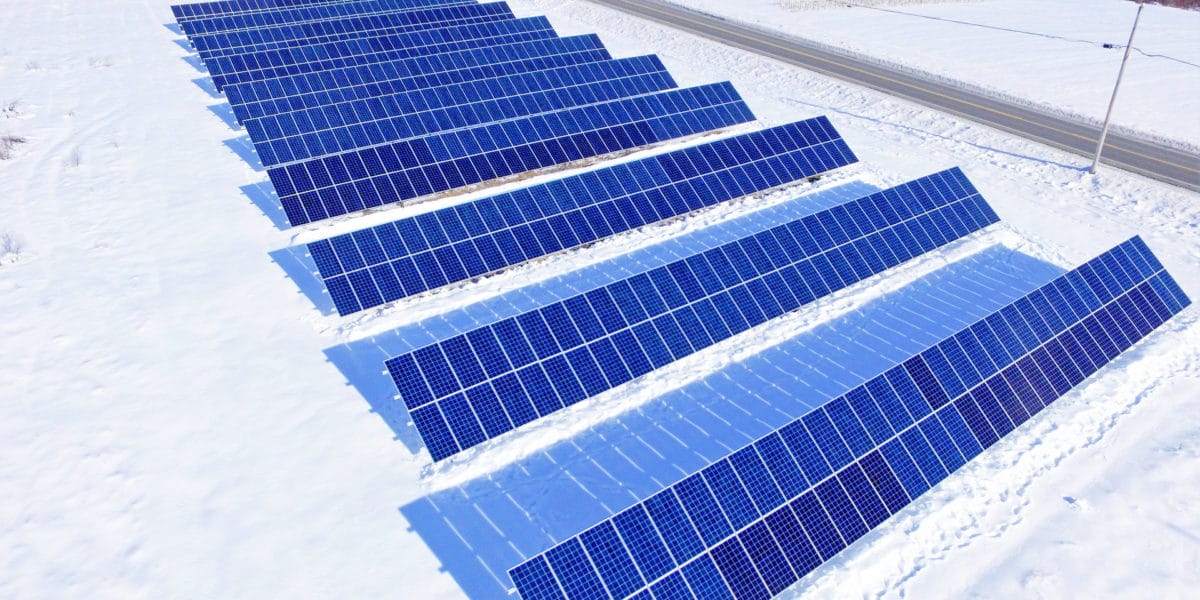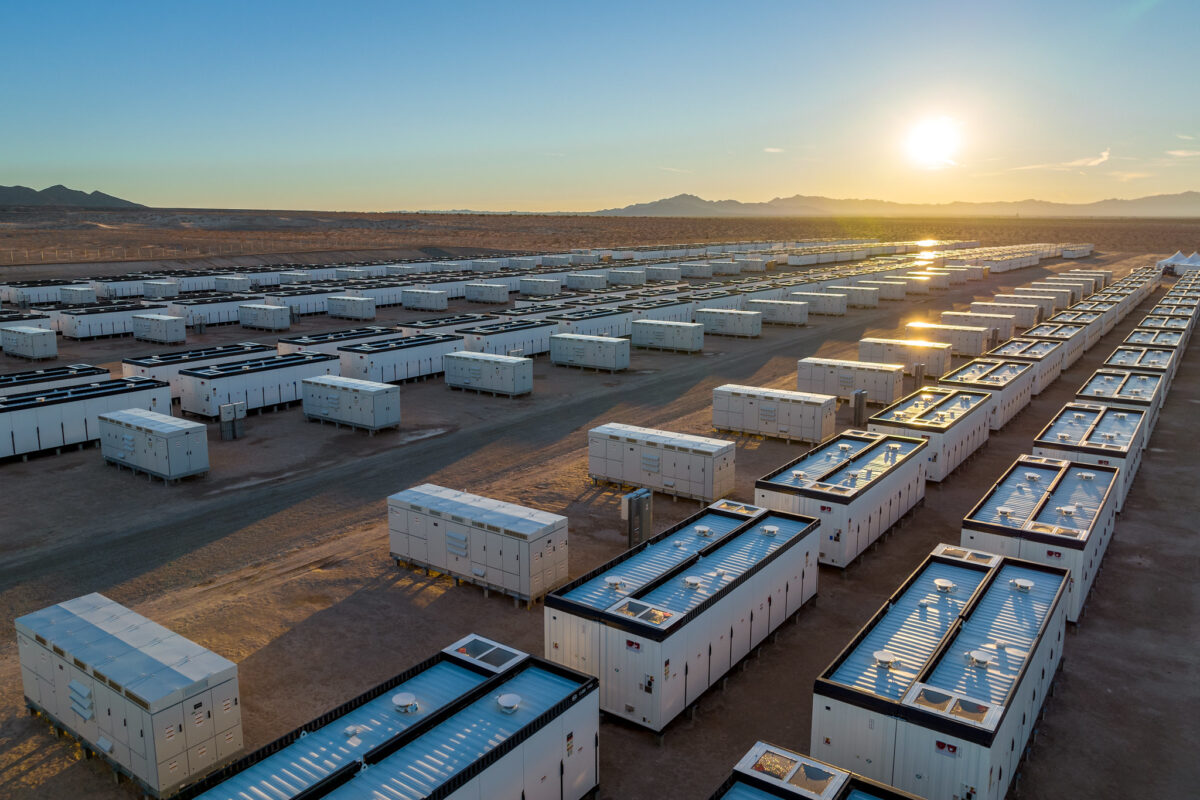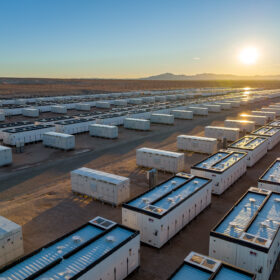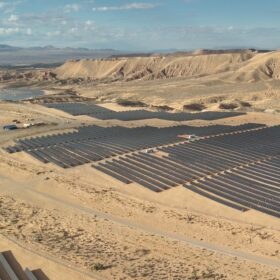Willow, Alaska isn’t within the Arctic Circle – so that means they’ll never have a 24 hour day of sunlight, nor 24 hours of no sun. However, on December 21, 2018 the city will only get 5 hour and 11 minutes of sunlight – to be countered with 19 hour and 42 minutes of sunlight six months later. And it seems even under these circumstances, solar power has value.
Renewables IPP was founded to build a single 100 kW-AC solar power system as a pilot program for Sam Dennis and his oil and gas industry partners (this article by local press has great images of the site). Renewable IPP will sell the energy to the Matanuska Electric Association at a wholesale price, what MEA calls their avoided-cost, which is around $0.09/kWh. The utility noted that the 100 kW system size was the largest they could handle before further study was needed.
The company has revealed that the plant will feature 408 72-cell solar modules, though the model number or the wattage isn’t noted. And that steel pipes from the oil and gas industry were being repurposed for the project.
And while it is a crowning achievement to have the largest solar power project in the largest state of the United States, the record won’t stand for very long – and you can *watch* the project progress at the site’s live Youtube feed!
The Golden Valley Electric Association (GVEA) is building a 563 kW-DC projection that they expect to come online later this fall. The facility will be installing 1,760 CSUN 320 watt modules across three acres. The solar plant will be located on the same substation facilities as GVEA’s energy storage system installed in 2003.
The facility was noted as costing $850,000 after a $225,000 grant supplied from United States Dept. of Agriculture (USDA) Rural Energy for America Program (REAP).
SEIA estimates that Alaska has just over 2 MW of solar power installed in the state, so these two projects will grow the total volume by about 35%.

This content is protected by copyright and may not be reused. If you want to cooperate with us and would like to reuse some of our content, please contact: editors@pv-magazine.com.








Solar farm construction is really boring to look at when it’s mostly done…